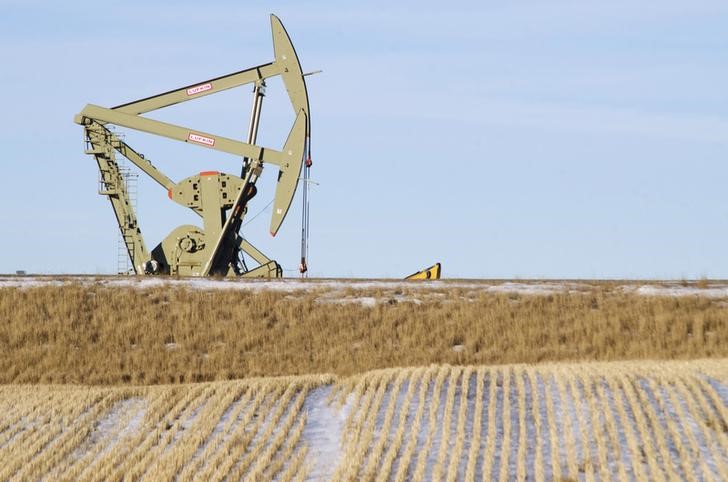By Marianna Parraga and Kemol King
HOUSTON/GEORGETOWN (Reuters) – Guyana’s oil exports rose 54% last year to some 582,000 barrels per day (bpd), fueled by European refiners’ demand for easy-to-process sweet crudes to replace some Middle Eastern grades, according to traders and shipping data from financial firm LSEG.
Since it started exporting oil in early 2020, the burgeoning oil nation has emerged as the fifth largest Latin American crude exporter after Brazil, Mexico, Venezuela and Colombia.
But unlike Latin America’s usual offer of heavy sour oil, Guyana’s lighter and sweeter crude grades have carved out a rising share in Europe, where most refineries are not as complex as the majority of Latin American and U.S. Gulf Coast plants that turn heavy grades into motor fuels.
“Europe is the ideal market for Guyana’s crudes,” said a trader of Latin American grades, who was not authorized to speak to media.
Guyana’s three crude grades – Liza, Unity Gold and Payara Gold – have been tested and adopted faster in Europe than in any other region due to proximity, quality and easy access to sellers, he added.
In 2024, 66% of Guyana’s crude exports or some 388,000 bpd went to Europe, compared with 62% the previous year, the shipping data showed.
Guyana’s oil began gaining favor in Europe in the aftermath of Russia’s invasion of Ukraine in 2022, which pushed many refiners to avoid sanctioned Russian crude and seek alternative supplies.
Last year, attacks in the Red Sea affected oil flows from the Middle East, giving crudes from Guyana and Brazil better chances of finding buyers in Europe, said Homayoun Falakshahi, a senior analyst of crude markets at data analytics platform Kpler.
“Higher freight costs to move oil from the Persian Gulf to the Mediterranean or Northwest Europe have made Guyanese crude comparatively more interesting for European refiners,” he added.
OPENING ROUTES
Producers in Guyana also almost doubled shipments to the United States last year to some 23,000 bpd, while exports to Asia increased in smaller magnitude to around 139,000 bpd, the LSEG data showed. Sales to Latin America and the Caribbean were almost unchanged at around 32,000 bpd.
The rise in exports has been possible due to a consortium led by U.S. oil major Exxon Mobil (NYSE:) expanding output rapidly through three floating production facilities, with a fourth expected to add about 250,000 bpd of capacity this year.
Exxon’s Fawley refinery in the United Kingdom (TADAWUL:) remains the single largest taker of Guyanese crude in Europe, according to Kpler.
Exxon, Hess (NYSE:) and CNOOC (NYSE:), which control all oil and gas output in Guyana, individually sell the barrels they are entitled to, while the Guyanese government every year awards a marketing contract to allocate its portion of output.
For 2025, European trading firms BB Energy and JE Energy won that contract for a second year in a row in a competitive auction where global producers also participated. The government this time secured a larger premium over market prices, it said in October.
Since the two trading firms are based in the United Kingdom, their successful marketing of the crudes in Europe was expected, Guyana’s energy minister Vickram Bharrat told Reuters.
“However, there is no preference,” he said, referring to the markets the government would like its oil to reach.
The Exxon-led consortium has three active projects – Liza 1 and 2, and Payara – that were producing around 675,000 bpd late last year following upgrades. The next project, Yellowtail, is set to start this year once Exxon receives a fourth floating production vessel in the coming months.
Exxon did not provide comment on its Guyanese crude marketing efforts, but last month said it expects that 60% of its upstream production by 2030 will come from “advantaged assets” including Guyana.
Read the full article here







